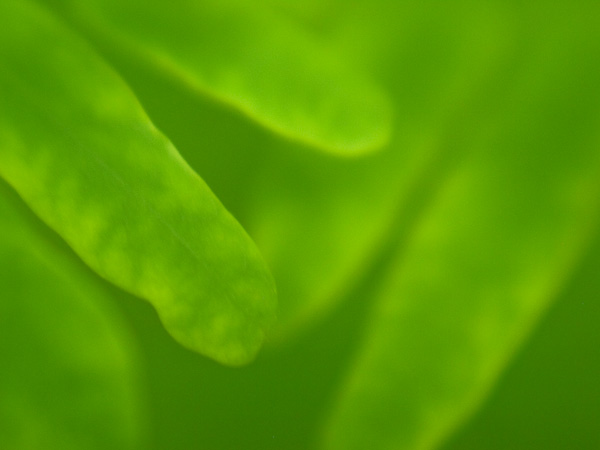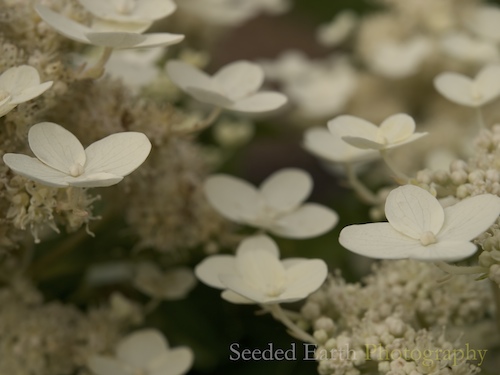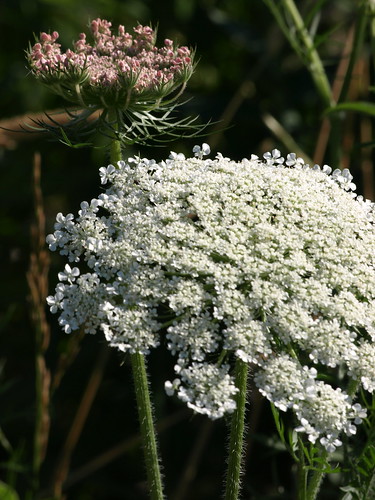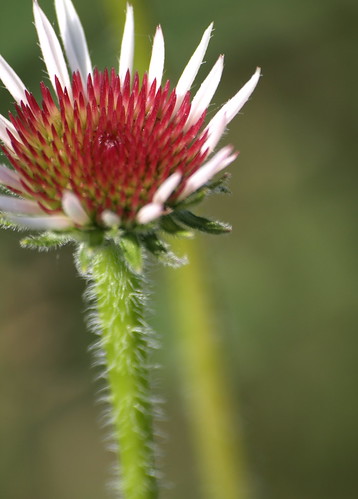On the most basic of levels, this is a photograph of overlapping leaves that I took using a Lensbaby Composer. But when I saw the photograph, it seemed to be much more than a few leaves, it seemed to be another one of those self-portraits I occasionally take that aren’t an actual self-portrait, but a metaphorical portrait of self.
I look at this and see a photograph of holding hands. And I make the connection. I hold hands with nature when I am out in nature, sometimes taking photographs, sometimes hiking or camping, in lots of ways, in close relationship with the natural world.














